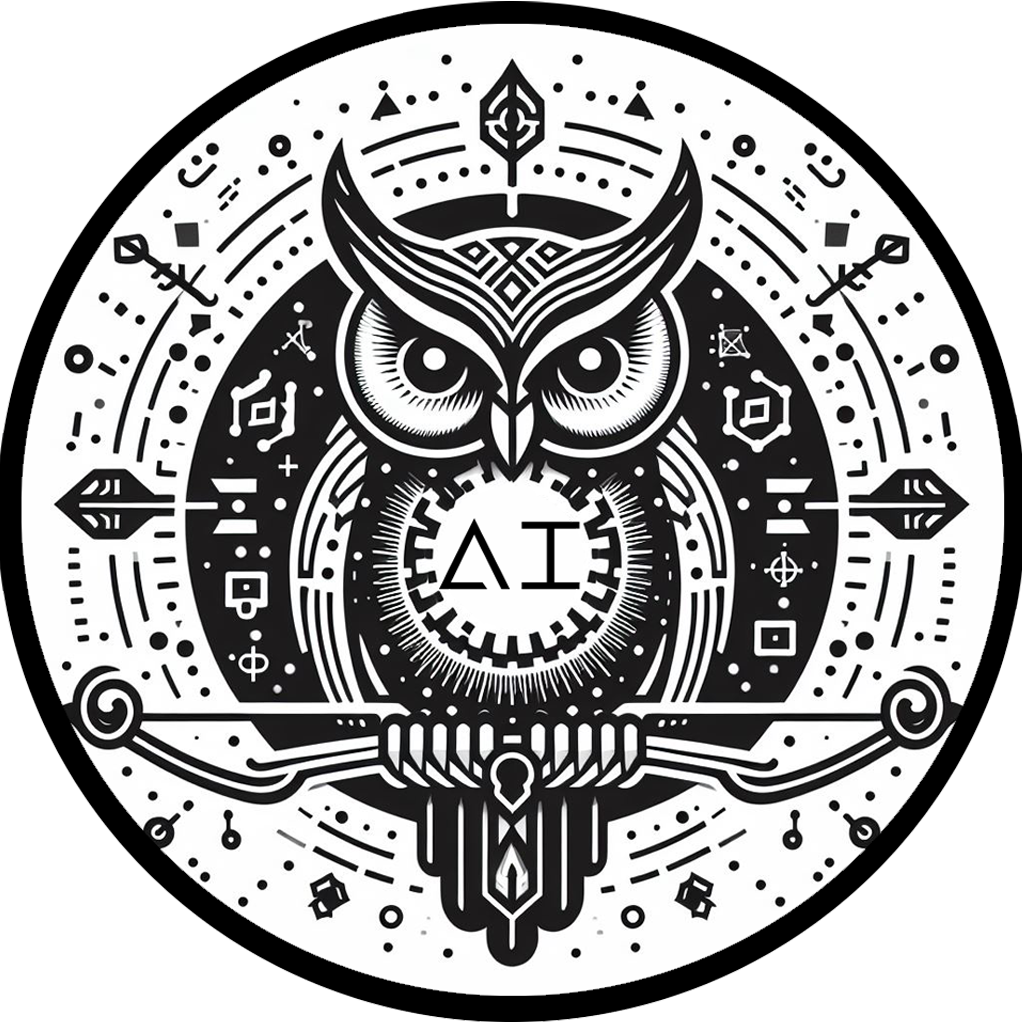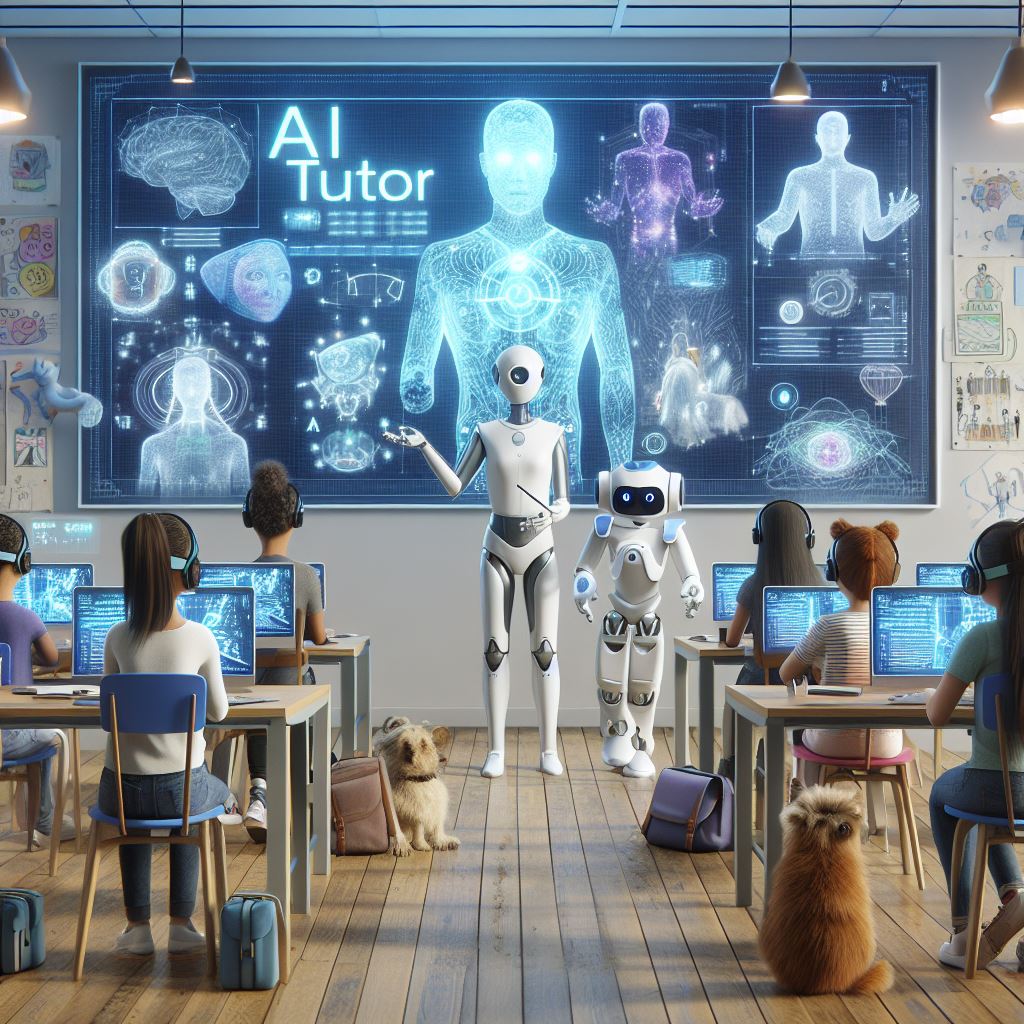In the vast landscape of artificial intelligence, Transformers have emerged as a groundbreaking architecture, transforming the way machines understand and process information. Originally introduced for natural language processing tasks, Transformers have since become a cornerstone in various applications, from language translation to image recognition. This article delves into the detailed workings of Transformers, exploring their architecture, mechanisms, and the profound impact they’ve had on the field of AI.
Basics of Transformer Architecture:
1. Self-Attention Mechanism:
- Idea: Transformers rely on a self-attention mechanism that enables them to weigh the importance of different words in a sentence based on their context.
- Benefit: This mechanism allows Transformers to capture long-range dependencies in sequences, making them highly effective for tasks involving contextual understanding.
2. Multi-Head Attention:
- Idea: Transformers use multiple attention heads, each focusing on different parts of the input sequence.
- Benefit: Multi-head attention enhances the model’s ability to capture diverse relationships and patterns within the data.
3. Positional Encoding:
- Idea: Since Transformers do not inherently understand the order of elements in a sequence, positional encoding is added to provide information about the position of each element.
- Benefit: Positional encoding ensures that the model can handle sequences of varying lengths and maintain their temporal relationships.
4. Feedforward Neural Networks:
- Idea: Transformers include feedforward neural networks after the self-attention layers to capture complex patterns.
- Benefit: The combination of self-attention and feedforward layers enables Transformers to learn intricate hierarchical representations.
Training Transformers:
1. Pre-training and Fine-tuning:
- Process: Transformers are often pre-trained on large datasets to learn general language patterns. Fine-tuning is then performed on specific tasks with smaller datasets.
- Benefit: Pre-training allows Transformers to acquire broad language understanding, while fine-tuning tailors the model to specific applications.
2. Transfer Learning:
- Idea: Transformers excel at transfer learning, where knowledge gained from one task can be applied to improve performance on another.
- Benefit: This approach allows models to leverage existing knowledge, making them more efficient and effective in various domains.
Applications of Transformers:
1. Natural Language Processing (NLP):
- Tasks: Transformers have achieved state-of-the-art results in tasks such as language translation, sentiment analysis, and named entity recognition.
- Benefit: Their ability to capture contextual relationships makes them particularly effective for understanding and generating human language.
2. Computer Vision:
- Tasks: Transformers, especially Vision Transformers (ViTs), have shown remarkable performance in image classification, object detection, and segmentation.
- Benefit: The self-attention mechanism proves valuable for processing visual information and understanding contextual dependencies in images.
3. Speech Recognition:
- Tasks: Transformers are increasingly employed in speech recognition tasks, where they demonstrate superior performance in capturing temporal dependencies in audio sequences.
- Benefit: Their versatility allows them to handle sequential data, making them suitable for a wide range of applications beyond text.
Challenges and Future Directions:
1. Computational Complexity:
- Challenge: Transformers can be computationally expensive, especially for large models and datasets.
- Future Direction: Ongoing research focuses on developing efficient variants of Transformers to make them more scalable and accessible.
2. Interpretable Representations:
- Challenge: Understanding how Transformers arrive at specific decisions can be challenging due to their complex architecture.
- Future Direction: Researchers are exploring methods to enhance the interpretability of Transformer models, making them more transparent and trustworthy.
Conclusion:
Transformers have ushered in a new era of possibilities in artificial intelligence, pushing the boundaries of what machines can achieve in understanding and processing sequential data. From revolutionizing natural language understanding to excelling in computer vision tasks, Transformers continue to be at the forefront of AI research and applications. As the field evolves, the ongoing quest is to make Transformers more efficient, interpretable, and adaptable, ensuring that they remain a driving force in the ever-expanding landscape of artificial intelligence.


